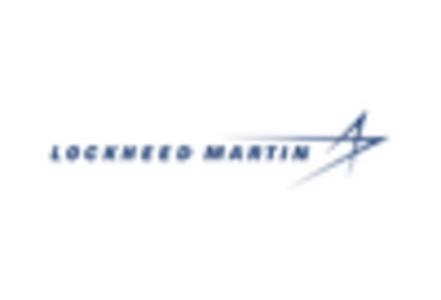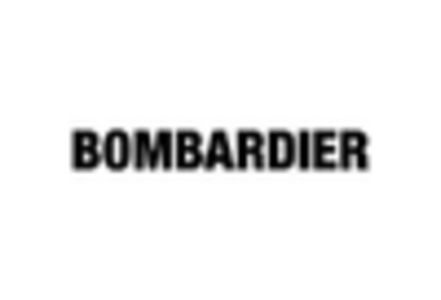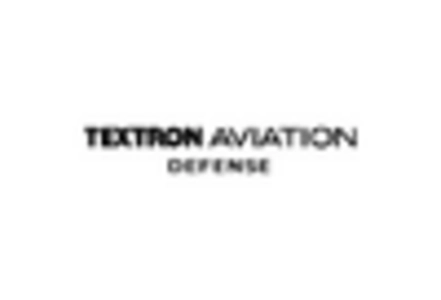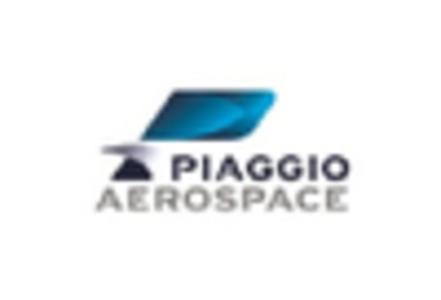The Commercial Aerospace Market is highly competitive, influenced by various factors including technological advancements, global economic conditions, and changing regulatory landscapes. Industry players are engaged in continuous innovation to improve operational efficiency, safety, and customer satisfaction.
The increased demand for eco-friendly aircraft and advanced aviation technologies is reshaping the competitive dynamics within the market. With the growing emphasis on reducing carbon footprints and enhancing passenger experiences, competition is intensifying among key manufacturers.
Collaborative partnerships, strategic alliances, and mergers and acquisitions are prevalent as companies seek to strengthen their market positions, expand their product portfolios, and leverage technological advancements.
As the market evolves, maintaining a strong competitive edge is crucial for industry players to capture emerging opportunities and navigate the challenges prevalent in the evolving global landscape.
Lockheed Martin has established a significant presence in the Commercial Aerospace Market, noted for its technological prowess and innovative solutions. The company leverages its extensive experience in military and defense aerospace to enhance its offerings in the commercial sector.
Lockheed Martin's strengths lie in its advanced engineering capabilities, research and development investments, and a robust supply chain network.
This allows the company to deliver high-quality products and services that meet stringent regulatory requirements. Its ability to integrate cutting-edge technology into new aircraft development and modifications helps it maintain a competitive edge over rivals.
Furthermore, Lockheed Martin's commitment to sustainable practices lends itself well to the industry's growing focus on environmental impact, further solidifying its position in the market.
Bombardier is recognized as a prominent player in the Commercial Aerospace Market, especially in the business jet and regional jet segments. The company offers an array of key products and services, including the Learjet, Challenger, and Global aircraft series, catering to a diverse clientele around the world.
Bombardier's strengths are demonstrated through its focus on innovation, customer service, and high-quality manufacturing processes. The company has made strategic mergers and acquisitions to bolster its market presence and technological capabilities.
Notably, adjustments in its business strategy have allowed Bombardier to concentrate on its core competencies while divesting non-strategic assets.
This streamlined focus has enabled Bombardier to enhance operational efficiency and tailor its product offerings to meet clientele needs, further positioning the company favorably in the competitive landscape of the global aerospace market.






















Leave a Comment